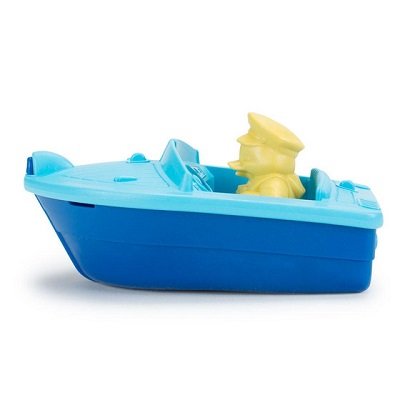These boats cross oceans. Sometimes it's hard to think outside of the BOX. I would recommend you take a long hard look at what you really want to do with a boat and not get fixated on snoot values. When you very far offshore and things get bad there is no pulling over and waiting out the storm. It's all up to you to ride it out, Try heaving to with a Trawler and see how well you fair in heavy breaking seas, WITH 40k wind and 50k guests. Have you ever been in that situation? If not you better look long and hard at what you can single hand after being up for hours and hours fighting a storm, relying upon A boat with hydraulic steering. Think about it. If you are far enough offshore chances are now one will come to your aid, especially in the extreme latitudes. I am just saying.

